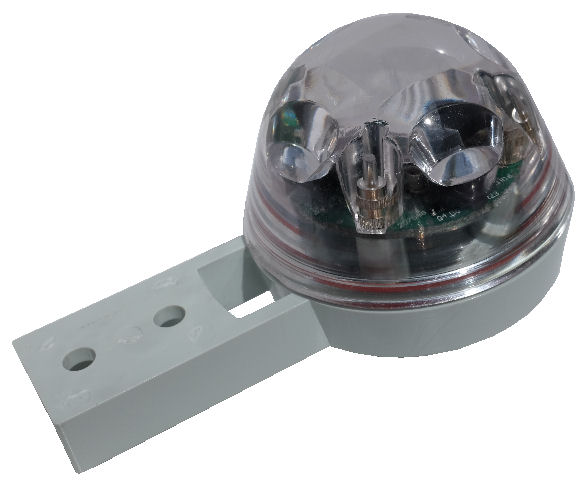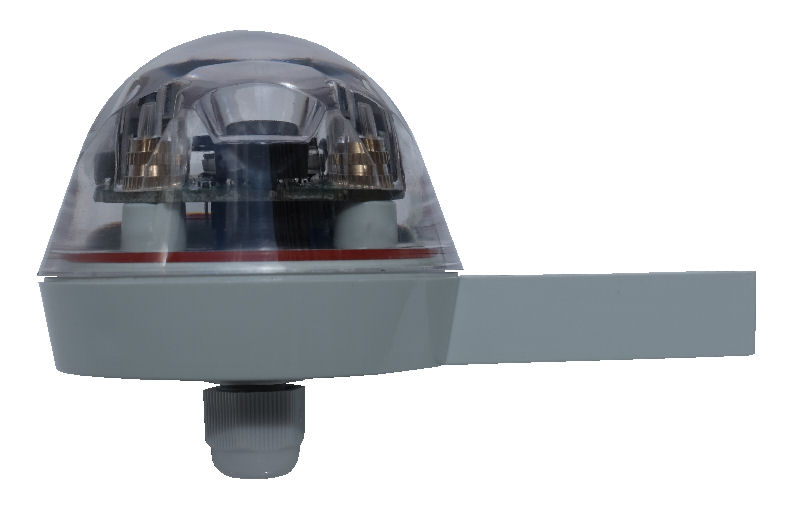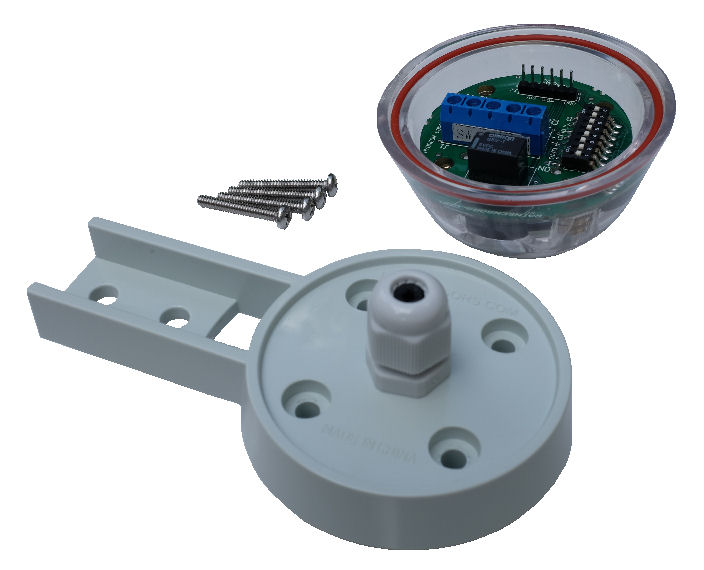Introducing RG-11 Rain Sensor
The RG-11 Rain Sensor is using the optical technology to detect the presence of water. The sensor is completely sealed in a waterproof enclosure suitable for outdoor installation. There are no exposed mechanical parts, no wear and tear. The optical rain sensor is more robust and has a longer lifespan compare to other forms of rain/water detection technology.
This rain sensor is sensitive to rain water and is robust against dirt/dust collected over time.
For more information on the advantages of the RG-11 rain sensor, check out this main rain sensor page.
To learn how an optical rain sensor works, click here.


Rain Sensor Application
This RG-11 is more than just a rain sensor. It can be configured to perform algorithm for the following application,
- Rain Sensor, Water Sensor
- Tipping Bucket Rain Gauge
- Condensation Sensor
- Irrigation Control
- Water Drop Detector
For more information on the various rain sensor configuration that you can set, check out the sensor module configuration page.
RG-11 Rain Sensor Specification
| Voltage Input: | 12V to 24V (Accept both DC or AC voltage) |
| Power: | about 2W |
| Relay Connection: | Normally Open, Normally Close, Common. |
| Relay Output (maximum load): | 1A (max current), 24Vdc (max voltage) |
| Operating Temperature Range: | -40°C to +60°C |
| Weight: | about 130 grams |
Download the Rain Sensor User Manual ![]() (*.pdf, file size 580KB).
(*.pdf, file size 580KB).
Recommended Power Supply
The RG-11 rain sensor can accept a wide range of voltage input from 9V to 24V (Vdc or Vac). The commonly available power supply of 12Vdc or 24Vdc can be use with the sensor. The minimum rated current should be 200mA.
You can use a power supply 12V (200mA) to power up the rain sensor. Power supply with a higher current rating >200mA can be use. If the rated current is too low, the power supply may not be able to power up the rain sensor properly.
Installation
The rain sensor comes with a waterproof casing suitable for outdoor installation. Install the sensor at a height not accessible by the public.
Go to the rain sensor installation guide.

Cable is required to connect the rain sensor to your I/O controller. A minimum of 4-5 core cable is needed. A pair of wire is needed to supply the power to the rain sensor, and another 2-3 wire is for the sensor output. When the sensor is triggered by the rain or water, the relay will be activated.
Check out our comprehensive rain sensor installation guide. A step by step guides to installing rain sensor, the wiring and the configuration.
User Manual
RG-11 rain sensor user manual (*.pdf, file size 580KB).
or proceed to this rain sensor quick starter guide page to help you get familiar and get started with your sensor immediately.
Converting Rain Sensor to USB or Ethernet
You can also convert this rain sensor to a USB input for your computer software to process by adding a USB I/O Controller electronic interface device.
For network connectivity, check out our Ethernet I/O Controller. Ethernet or WiFi solution is suitable for a scalable sensor system.
